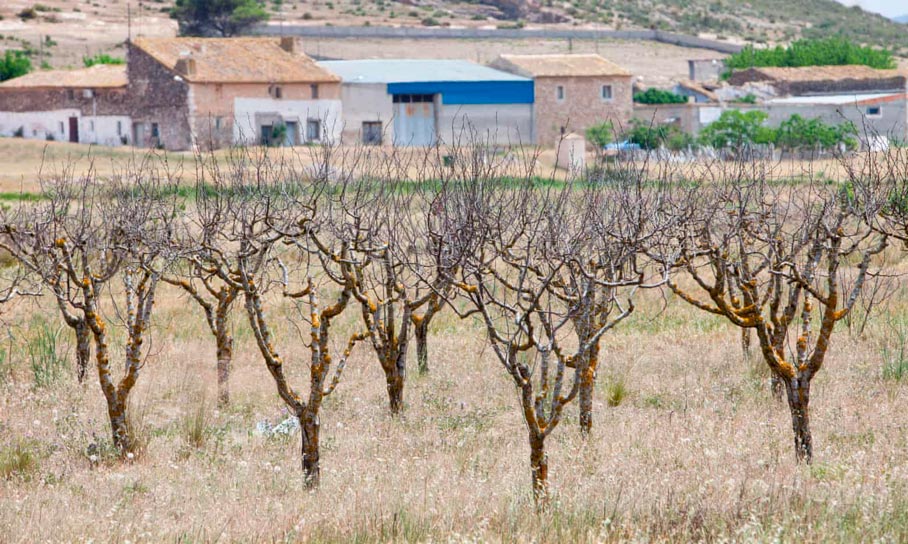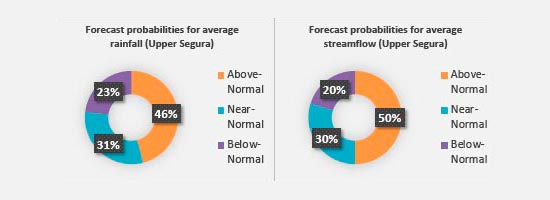
The River Basin Authority for the Segura (Confederación Hidrográfica del Segura – CHS)
Precipitation and discharge forecasts for the next 3 months.
To guarantee proper water allocation for the different stakeholders in the irrigated agriculture community based on sustainable water transfer decisions
In recent years, computer weather forecast models have been extended to make forecasts for the season ahead. Forecasting for this range is more difficult than for the next few days, so it can only indicate the likelihood of the season being on the whole wet or dry, mild or cold.
Nevertheless, these forecasts allow an assessment of how likely certain hazards like drought may be.
These forecasts require several types of data input:

This information is communicated with the Segura river basin authority in the form of informative bulletins. These include probabilistic values for expected precipitation and streamflow conditions in the Segura river basin. They also include an explanation on possible sources of predictability to make sure that the decision-maker can evaluate the results displayed.
Rainfall and streamflow are grouped into three categories based on local observations of past winters. The figures above show the probability of each category occurring based on the forecast for winter 2019. For a typical winter, the normal division across categories is 33%. A value above 33% for a particular category implies an increased chance for that category to occur. In the same way, a forecast value below that threshold implies a decreased chance of occurrence.
The probabilities reflect the level of confidence. These can be seen in the diagrams, which show the level of confidence for the range of possible outcomes.
The River basin authority is evaluating the bulletins brought to them as a pilot. It has given positive feedback to the accessibility and readability of the information. However, the conditions the forecast saw as the most likely did not match the real-life situation. Although the end user understands the probabilistic nature of seasonal forecasts, the perceived lack of accuracy is stopping them from rating this approach highly. As such, it is not likely that the end user will decide to adopt seasonal forecasts for mitigations action and drought management plan in the upcoming season.
